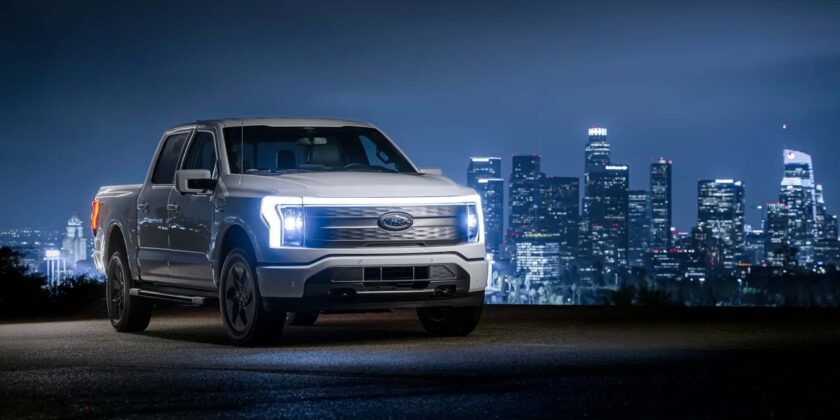As Ford reels from a year marked with all sorts of setbacks to its electric vehicle dreams, it’s now also looking for ways to offer its dealers some relief too. That includes ways to keep its EVs from piling up on car lots—something that has caused plenty of headaches on the sales front.
Ford is planning to set up so-called “retail replenishment centers” that will help its dealers reduce the inventory they’re required to carry and therefore their costs, according to Automotive News, which discovered the plans.
Ford spokesperson Martin Günsberg elaborated to InsideEVs that upper-tier Certified Elite dealers will restore some of their stock from these retail replenishment centers, which are designed to reduce the cost of carrying inventory and speed the delivery of EVs to customers.
“Retail Replenishment Centers are designed to improve the speed and efficiency in which Dealers and, therefore, customers can receive their EVs. It also has the goal of reducing the overall cost of carrying inventory,” Günsberg told us.
He added that Certified Elite dealers “will still carry limited ground stock” and have vehicles available to support customer test drives. “Ford will manage the centers which are for holding Ford EVs close to dealerships,” he added.
Not much is known about these centers yet. For all we know, they could be distribution warehouses to keep the electric cars charged or overflow parking lots of some kind; Ford wouldn’t reveal more details.
Previously, Ford had announced a rigorous training and certification program for dealers who wanted to sell EVs in the coming years. The voluntary Model e Certified Program for dealers, as it’s called, involved big investments into charging and staff training to keep Ford’s stores on par with direct-sales operations like those from Tesla. Ford CEO Jim Farley has been pushing for the creation of retail replenishment centers after the company estimated that automakers with franchised retail networks, such as Ford, have a $2,000 cost disadvantage per vehicle over the direct sellers. The cost disadvantage is partly due to the investment needed to maintain inventories on dealership lots.
But amid a slowdown in demand for Ford’s EVs and continued production challenges, Ford is easing some pressure off the dealers. Those changes include a reduction of the number of chargers that dealers are required to install and a 50% cut of the required training costs, among other things.
These retail replenishment centers could be similar to General Motors’ three centralized EV fulfillment centers—essentially warehouses—opened in California and the Southeast to speed and streamline the vehicle delivery process.
As we reported last week, Ford’s Model e Program has lost almost 400 dealers since it was announced in September 2022. At the beginning, about 65% of Ford and Lincoln dealers opted in—approximately 1,920 of the company’s nearly 3,000 U.S. dealers.
After Ford made some concessions to dealers in January 2023, it also gave them the option to drop out of the program or change tiers—from upper-tier Certified Elite dealers to lower-tier Certified dealers or the other way around. The automaker’s total enrollment fell 1.5% to 1,891 of its dealers.
However, EV enrollment has since fallen dramatically to approximately 1,550 dealers, or about 53% of the total dealer network. Still, thanks to the size of its network, the automaker claims 86% of the U.S. population lives within 20 miles of a Ford dealership capable of selling and servicing a Ford EV.
Source: Read Full Article
